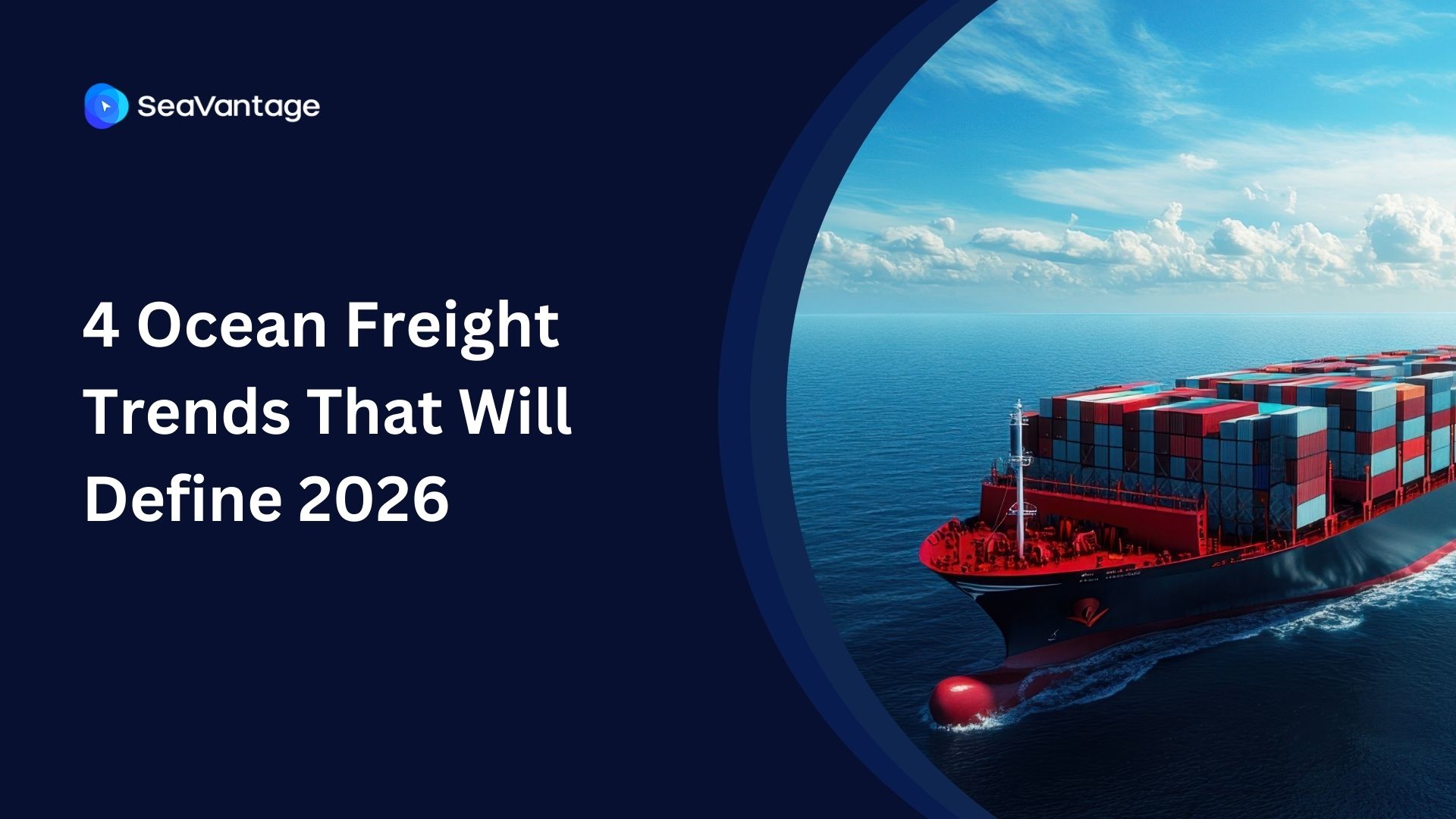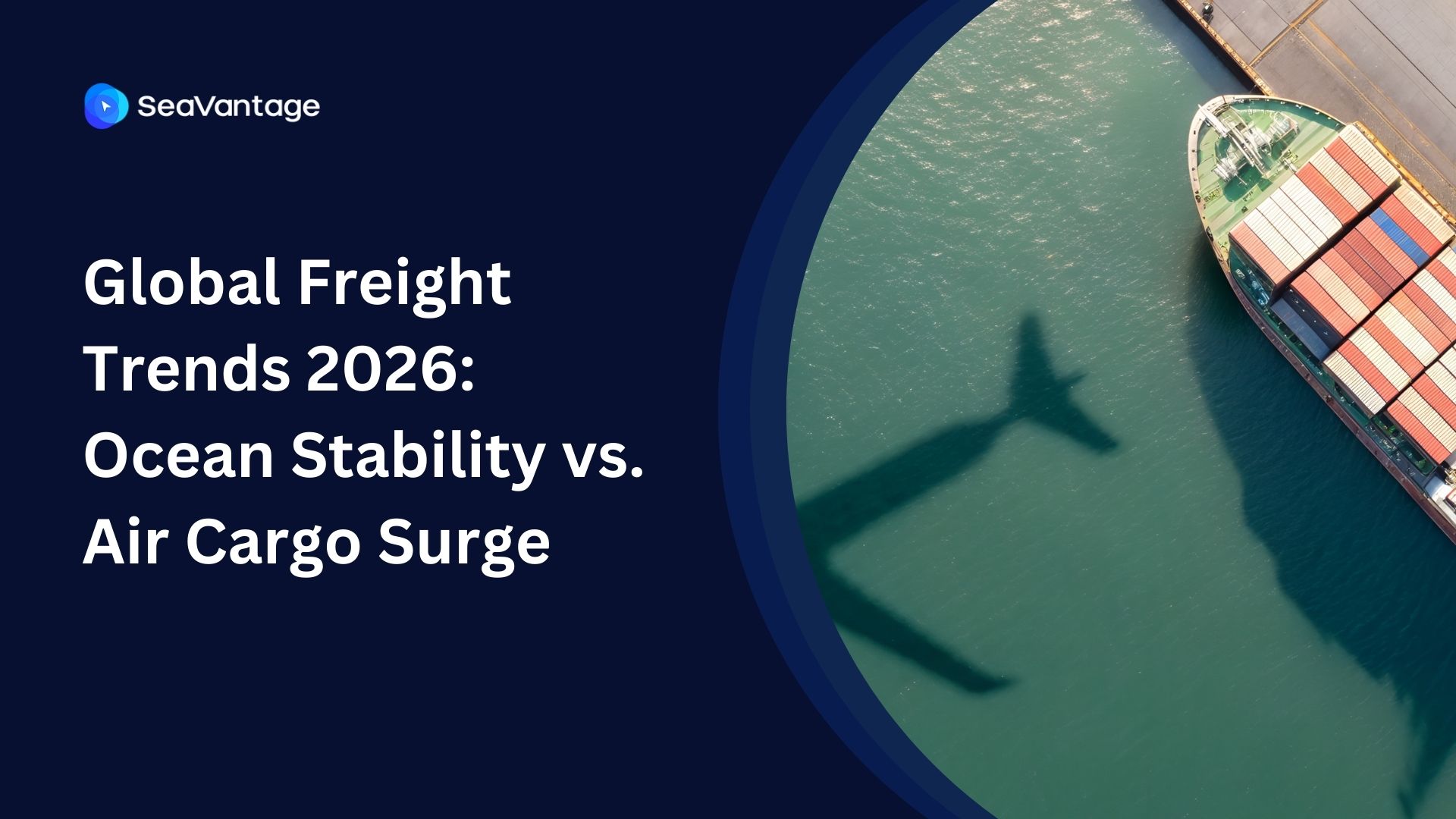Looming ILA Strike Threatens East Coast Ports: How Supply Chain Managers Can Prepare

The clock is ticking for U.S. East and Gulf Coast ports as a potential strike by the International Longshoremen's Association (ILA) looms on October 1st. With talks between the union and port operators at an impasse, the prospect of widespread port closures grows more likely by the day. The International Longshoremen's Association (ILA), representing over 85,000 workers, is considering a strike that could potentially affect the busiest ports in North America, and over 30 ports along the East and Gulf coasts. This situation poses a significant threat to U.S. imports and exports, with potential ripple effects throughout the global supply chain.
The Stakes
The impact of an ILA strike could be substantial. East Coast and Gulf ports handle a significant portion of U.S. maritime trade, including crucial imports and exports that keep American businesses running. A work stoppage would likely affect a wide range of industries, from retail to manufacturing, potentially leading to shortages, increased costs, and economic disruption.
The value of goods passing through these ports is immense, with billions of dollars worth of cargo at stake. Any disruption to this flow of goods could have far-reaching consequences for the U.S. economy and global supply chains.
The Ripple Effects
The consequences of this strike would extend far beyond U.S. borders. Supply chain experts warn that networks across Europe, Oceania, Latin America, and Asia could all feel the impact. The automotive industry is particularly vulnerable. A significant portion of automotive freight entering the U.S. relies heavily on East Coast ports. Key shipping routes, such as those connecting European automakers to southern U.S. ports, could be completely disrupted.
Preparation and Contingency Plans
As the potential strike date approaches, ports and logistics companies are taking proactive measures:
- Port of New York/New Jersey: Working with ocean carriers and terminal operators to manage the flow of cargo and prevent container pileups.
- Gulf Coast Ports: Certain ports are publishing guidance for customers and considering extended operating hours to handle increased volumes.
- Port Authorities: Some are recommending early delivery of imports and offering extended operating hours to support these efforts.
- West Coast Alternatives: Ports on the West Coast are preparing for a potential influx of diverted cargo, with some reporting record-breaking cargo volumes in August.
- Logistics Companies: Many firms are diversifying client routes, utilizing trans-loading, and exploring alternative transportation options to minimize potential disruptions.
How SeaVantage Port Insight Can Help
In these uncertain times, real-time visibility and data-driven decision-making are more crucial than ever. SeaVantage’s Port Insight solution offers supply chain managers powerful tools to navigate potential disruptions:
- Real-time Port Monitoring: Track vessel movements, port congestion levels, and container dwell times across affected ports.
- Predictive Analytics: Leverage AI-powered forecasts to anticipate potential bottlenecks and plan alternative routes.
- Collaborative Planning: Share real-time updates with stakeholders to coordinate contingency plans and manage expectations.
- Historical Data Analysis: Compare current port performance against historical benchmarks to identify trends and optimize routing decisions.
Looking Ahead
As the potential strike date nears, the maritime industry remains on high alert. The possibility of a prolonged ILA strike threatens to create supply chain congestion reminiscent of recent global disruptions. Industry analysts suggest that even a short strike could take several days to resolve, while a longer work stoppage could cause slowdowns lasting weeks or even months.
Supply chain managers must stay vigilant, leverage advanced visibility tools like SeaVantage’s Port Insight, and be prepared to act swiftly as the situation unfolds. By staying informed and agile, businesses can mitigate risks and navigate these challenging times with confidence.
2025년 9월, 주요 글로벌 항만에서 어떤 운송사가 가장 긴 선박 체류 시간을 기록했는지 확인해보세요. 트렌드를 비교하고, 지연을 파악하며, 전체 항만 데이터를 통해 운송 전략을 최적화할 수 있습니다.
2025년 8월, 주요 글로벌 항만에서 어떤 운송사가 가장 긴 선박 체류 시간을 기록했는지 확인해보세요. 트렌드를 비교하고, 지연을 파악하며, 전체 항만 데이터를 통해 운송 전략을 최적화할 수 있습니다.
2025년 7월, 주요 글로벌 항만에서 어떤 운송사가 가장 긴 선박 체류 시간을 기록했는지 확인해보세요. 트렌드를 비교하고, 지연을 파악하며, 전체 항만 데이터를 통해 운송 전략을 최적화할 수 있습니다.
iscover the 4 critical ocean freight trends for 2026, from the Red Sea reopening and fleet overcapacity to shifting global trade maps. Prepare your supply chain now.
Discover key 2026 freight market trends: Port of Houston expansion, air cargo "super peak," and ocean freight stability. Plan your supply chain with SeaVantage.
Explore November 2025 global port dwell time data. See which ports and carriers led in efficiency across Antwerp, Busan, Long Beach, Rotterdam, and Singapore.



.svg)





.jpg)

.png)